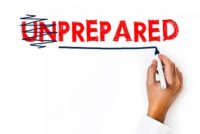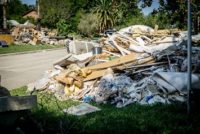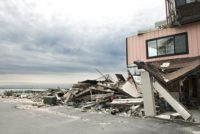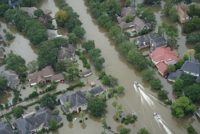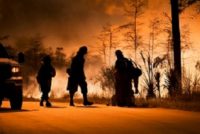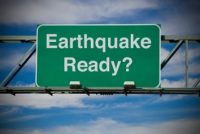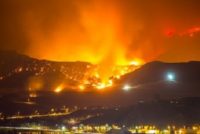Category: Emergency Preparedness and Response
No one wants it to happen, but an emergency, natural or manmade, can strike at anytime, 24/7. What’s more, it need not be a major, nationally-televised incident, such as a hurricane, earthquake, or act of political terror. An event as common as a local building fire can present just as large a challenge to you. These resources will help you create a plan for handling such crises, whatever their scope, and to carry it out in a way that best protects your employees and your company.
Rave Mobile Safety (Rave) recently released findings from a new survey of 530 respondents that examined employee perceptions of workplace safety. The survey revealed that “workplaces miss the mark in critical communication and planning, and could be unprepared to meet the future needs of employees,” according to a Rave press release.
Healthcare facilities are particularly vulnerable to incidents of workplace violence, and keeping hospitals safe for patients, staff, and visitors can be a monumental task. It’s a daily challenge for Jim Sawyer, CHS-IV, CPP, CHPA, Director of Security Services for Seattle Children’s Hospital.
While coworkers can often be the perpetrators of workplace violence, employers also must be aware of external threats from domestic abusers. If an employee reports that he or she is experiencing abuse at home, awareness and sensitivity on the part of the employer goes a long way. It’s a situation all too familiar to Lynn […]
Floods get lots of splashy news coverage—but flood cleanup, which can drag on for months, is less immediately dramatic. Many regions have faced the issue of removing millions of cubic yards of debris—much of it demolition debris, with contaminated or potentially hazardous wastes mixed in—in a way that protects public health.
After Hurricane Katrina devastated the Louisiana Gulf coast, the state had to figure out what to do with more than 38 million cubic yards of debris—including a quarter of a million trashed refrigerators full of rotting food and environmentally toxic refrigerant. And that was just refrigerators; debris that must be disposed of in the wake […]
Following the disastrous flooding in Texas that resulted from Hurricane Harvey, the U.S. Environmental Protection Agency (EPA) sent 192 people to the state to assist 500 employees of the Texas Commission on Environmental Quality (TCEQ) in assessing environmental impacts. Quips about “I’m from the government, I’m here to help” aside, what are the roles of […]
Cal/OSHA is advising employers that special precautions must be taken to protect workers from hazards from wildfire smoke. Smoke from wildfires contains chemicals, gases and fine particles that can harm health. The greatest hazard comes from breathing fine particles, which can reduce lung function, worsen asthma and other existing heart and lung conditions, and cause […]
On October 19, there will be a whole lot of simulated shaking going on as businesses and organizations around the country participate in The Great ShakeOut, an effort to prepare for earthquakes.
The Federal Emergency Management Agency recognizes each September as National Preparedness Month. This is the perfect time to make sure that not only your household is prepared for disaster but also that your workplace is as well.
California’s drought may be over, but the wildfire risk is far from past. As temperatures rose last week, fire danger rose as well. A fire that broke out in Sun Valley around 1:30 p.m. on Friday had burned three homes by Saturday morning and prompted an evacuation order for areas around Los Angeles. By the […]

